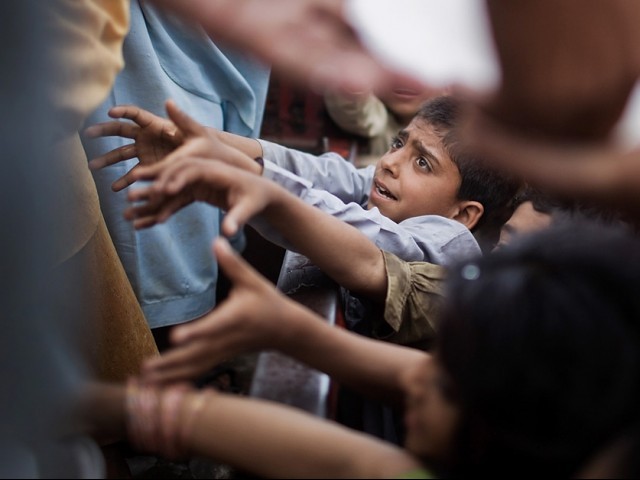
ISLAMABAD: Microfinance may be an effective tool to empower people and alleviate poverty but it is also further overburdening people, who suffer from extreme poverty, says an expert from Pakistan Poverty Alleviation Fund (PPAF).
Talking to The Express Tribune, PPAF official Samia Liaquat Ali Khan said the alleviation fund looks at the poverty scorecard that the Benazir Income Support Programme (BISP) and the National Database and Registration Authority (NADRA) used to identify households that are under a certain threshold.

For example, anyone who is facing poverty, would be anywhere from 0 to 23 on the poverty score-card. Within these bands, the lower ranges from 0 to 18 refer to the ultra-poor and vulnerable households, which need to have support in ways different from the households who are better off than them.
She said microfinance operations support those households, which are ranked 20 or above on the score-card. “Microfinance becomes really that lynchpin that allows them to take a foothold in the mainstream economy and to improve themselves as a result.”
However, she said offering micro-finance to people on the lower ranges of the scorecard means putting burden of debt on vulnerable households, who are not able or do not have the kind of income stream coming in that help them repay that debt.
This was one of the reasons why the PPAF decided that microfinance clients must be above a certain level of poverty so they cannot be the ultra-vulnerable or poor.
“But for those households which fall into that cap – and there are a lot of households that the BISP has also identified – anyone under that point would be eligible for social protection from the BISP, which is Rs1,500 a month,” she said.
In their research, she said, they found that the little stipend goes to support consumption though it does not cover the family’s full cost. “It is used for consumption-smoothing such as extra food on the table, maybe some little bit of healthcare.”
“Fifteen hundred rupees is fine and it should be provided as social protection,” she said. “Every country needs to have a social protection programme but there has to be some push that is trying to get them out of poverty.”
According to Samia, the poverty-graduation approach is showing results and is something that needs to be focused on. “We’ve realised that the consumption-smoothing stipend that the BISP provides, should be provided. There is a need for that, but there is a need for that for the poorest households,” she said.
Referring to a global study on poverty graduation published last year, she said: “We piloted this asset transfer programme in certain coastal areas of Sindh where there were 2,000 households. The results that came out show an increase in consumption of the households, an increase in the wealth of their households and the income of the households,” Samia said.
Interestingly, there was also an improvement in the psycho-social status of the households. “So the perceived status that these households had, had improved. So their own perception of how they were regarded by their neighbours or by the village members and that also links to more confidence and self-empowerment as well.”
Alongside, the team found that women must become primary agents for change in their communities. “We have a scheme that we are running with the government of Pakistan – it is called the prime minister’s interest-free loan scheme that is interest being provided to households who are not ready for the regular micro-finance but are looking for some interest-free loans,” she added.
Published in The Express Tribune, April 25th, 2016.

















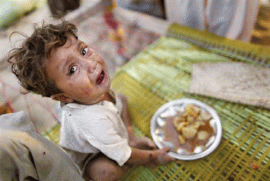
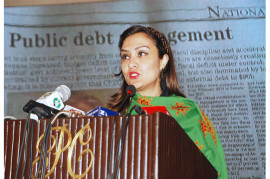
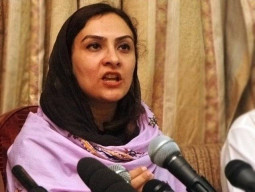


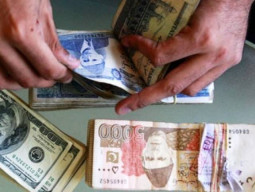

















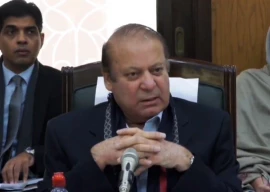






COMMENTS
Comments are moderated and generally will be posted if they are on-topic and not abusive.
For more information, please see our Comments FAQ